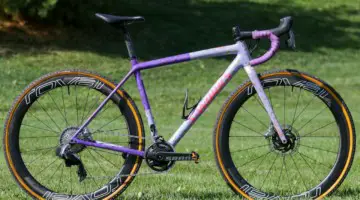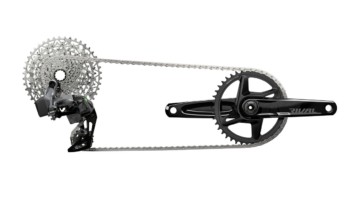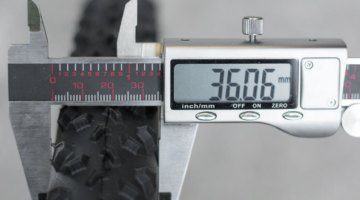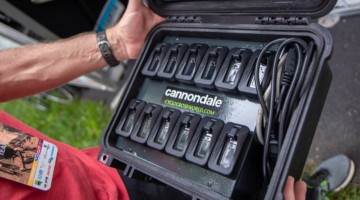1. What are the benefits of the hydraulic braking fluid you use over the alternative?
SRAM: We use DOT 5.1, which has numerous advantages. Not only does it have a very high boiling point (minimum dry boiling point of 517° F), but it is hygroscopic. As water eventually makes its way into the fluid, it is absorbed by the DOT fluid. This drops the boiling point of the fluid, but by a safe amount. Wet boiling point of DOT 5.1 (which represents roughly 2 years of use) is 374° F, still quite high. In contrast, a hydrophobic brake fluid is incapable of absorbing the water that comes into the system, so the water would stay separate and usually pool at the low end of the system. This creates an environment where, regardless of the boiling point of the brake fluid, the system can experience problems at 212° F, the boiling point of water. DOT fluid avoids that issue.
In addition to being hygroscopic, DOT fluid is tightly regulated, ensuring that every brand of fluid meets certain minimum standards. Due to its use in the automobile and motorcycle industries, it’s also widely available no matter where you are.
Shimano: Shimano is able to offer consistent performance with our braking fluid since we control the full process of our mineral oil from start to finish. This includes relying on our own testing standards. The argument for the alternative is that DOT fluid is regulated by the government, however, with our own standards, Shimano tests each batch so that the quality is consistent and reliable.
Also, Shimano mineral oil doesn’t absorb moisture from the air, and this means that the boiling point never drops. DOT fluid absorbs moisture, on the other hand, which means the control is not as consistent.
TRP: Some of the benefits of Mineral Oil over DOT fluid is that Mineral Oil is non-toxic, has a higher boiling point and is non-corrosive and non-caustic.
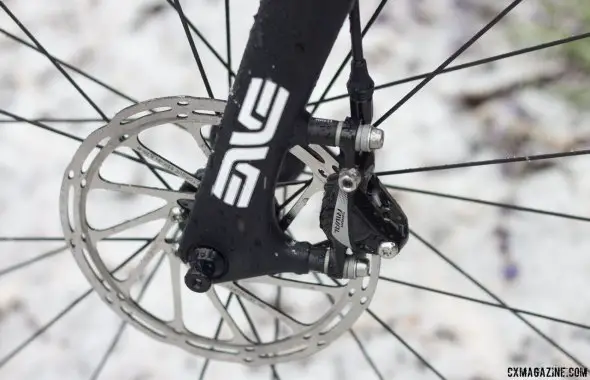
Tested in cyclocross conditions: SRAM’s latest HydroR caliper. © Cyclocross Magazine























